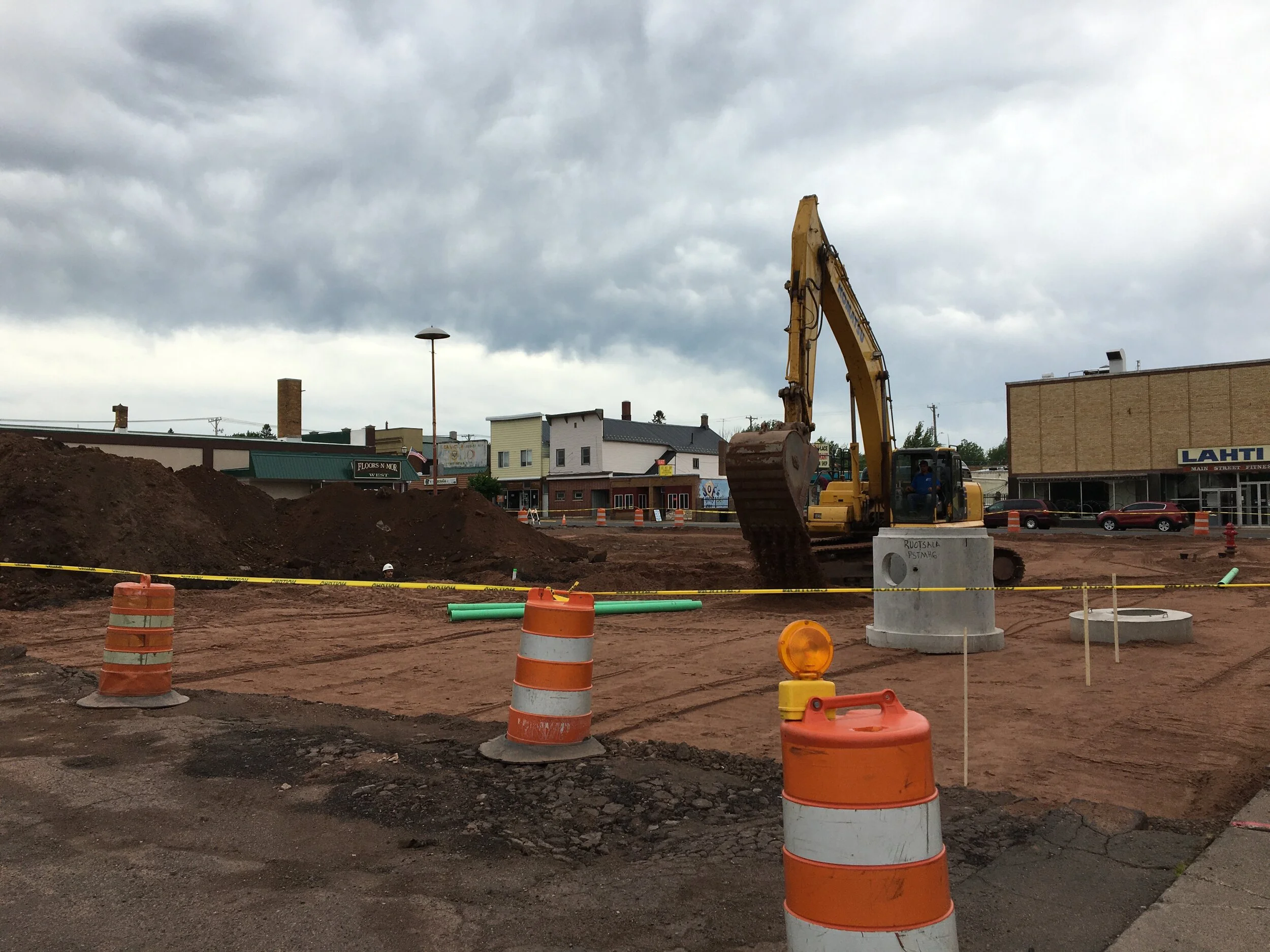
Asset Management
Asset management is a strategic approach to planning, maintenance, and development of infrastructure and other capital assets that involves a broad view of an entire network or inventory, rather than a more reactive, short-term, “as needed” approach to individual projects and purchases. For our resource-constrained agencies and communities, it can be tempting to focus on the latter. However, concerted asset management can improve stewardship of public resources by extending the life of existing assets and timing future projects and purchases to create the greatest “bang for the buck.”
Asset management requires a solid foundation of data, communications, and public engagement to allow monitoring of performance and conditions, foster effective interdepartmental and interagency relationships, and provide oversight to ensure efficient, optimized use of assets. Relationships among private and public utilities, local governments, and state and federal governments allow for coordination of timing and funding for infrastructure replacement to eliminate duplicative future work, such as having to excavate the same trench two years apart.
WUPPDR is engaged in asset management at two levels. The first is general integrated asset management, a relatively new program that engages with different asset owners to gauge best practices in asset management, helping to identify needs for policy and funding at the state level. The second is transportation asset management, a state-level program formed under state law nearly 20 years ago that focuses on improved surface quality of the state, county, and municipal road network.
Transportation Asset Management
Public Act 499 of 2002 establishes a ten-member Transportation Asset Management Council (TAMC). The Council is comprised of members from the Michigan Department of Transportation, County Road Association of Michigan, Municipal League, regional planning agencies, Michigan Association of Counties, and Michigan Townships Association. WUPPDR is not a member of the TAMC. TAMC’s mission is to: “advise the State Transportation Commission on a statewide asset management strategy and the necessary procedures and analytical tools to implement such a strategy on Michigan ’s highway system in a cost-effective, efficient manner.”
The law requires TAMC to set up a process for determining the condition of Michigan’s highways and bridges and to develop a strategy so that those assets are maintained, preserved, and improved efficiently and cost-effectively. TAMC initially focused on federal-aid-eligible roads and bridges but has now begun to extend it to all public roads.
Starting with a statewide Road Condition Survey for federal-aid eligible roads and bridges, TAMC has identified deficiencies and developed broad, network-level goals and objectives, focusing on statewide targets for system conditions. Individual road agencies continue to make project-level decisions and identify which projects will be undertaken, addressing the identified deficiencies in their project schedules.
A report detailing all road and bridge work performed by MDOT and the local road agencies is annually submitted to the State Transportation Commission and Legislature. TAMC also publishes a multi-year program consisting of a list of all highway and bridge projects anticipated to be constructed over a three-year period. This program must be available by October 1st of each year.
For comparison purposes over a ten-year period, 2018 and 2008 PASER ratings for the region are below. Maps from other years are available upon request.
Additional Information
Michigan’s 2022 Roads and Bridges Annual Report
TAMC Dashboards
TAMC Interactive Maps
Infrastructure Asset Management
As in much of the country, physical infrastructure built largely in the early to mid-20th century is in need of replacement or rehabilitation, and newer infrastructure needs attention on an ongoing basis. Often financial resources – local, state, and federal – are insufficient to ideally meet ongoing needs.
The best way to maintain infrastructure efficiently and in a logical order is through asset management planning. This accomplishes two major objectives:
Encourages resources to be applied to infrastructure components that are most in need at any given time, or can most cost-effectively be maintained
Increases the likelihood and feasibility of coordinating different asset owners to replace their infrastructure at the same time, especially when ground needs to be disturbed
WUPPDR assists the Michigan Infrastructure Council (MIC, which coordinates with the Department of Environment, Great Lakes, and Energy [EGLE]), in assessing the asset management practices of local agencies (road commissions, municipalities, and regional water/wastewater authorities.
Local governments are encouraged to complete the asset management readiness scale. These are aggregated at the state level to determine the need for resources to support improved local asset management planning. WUPPDR can assist with completing the assessments, and we submit them to MIC with agency-specific information removed.
For more information about state infrastructure management, visit the Michigan Infrastructure Council.
Documents
Asset Management Readiness Scale Information
Asset Management Readiness Scale Worksheet
For more information from WUPPDR, contact assetmanagement@wuppdr.org.
